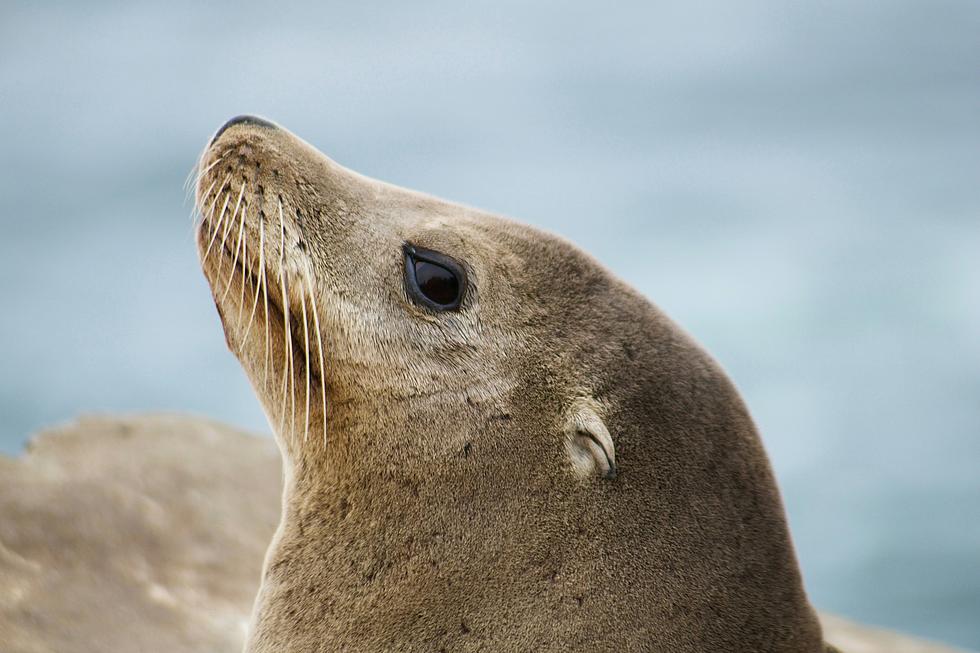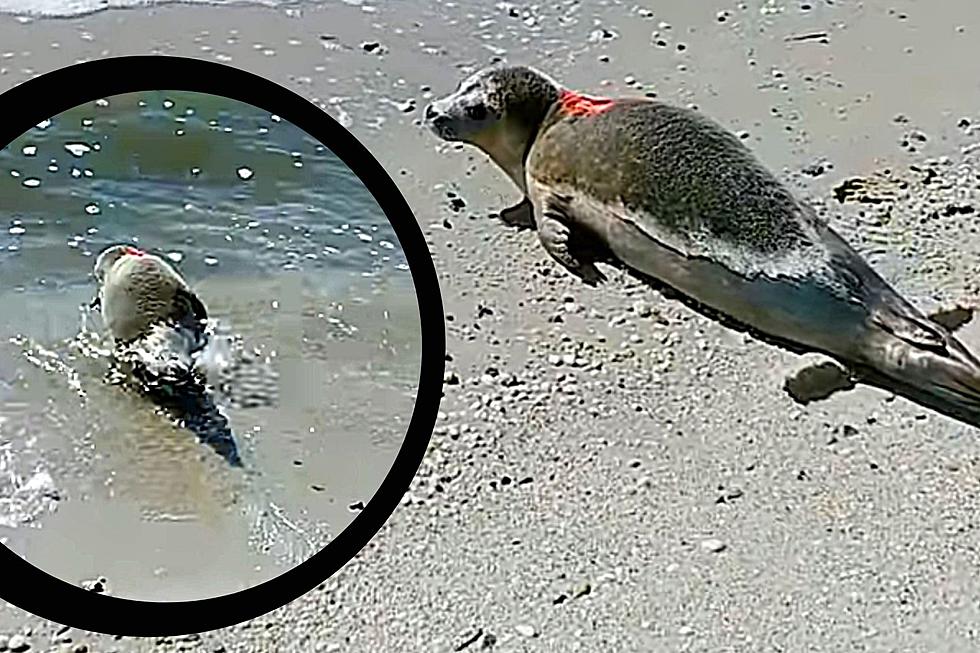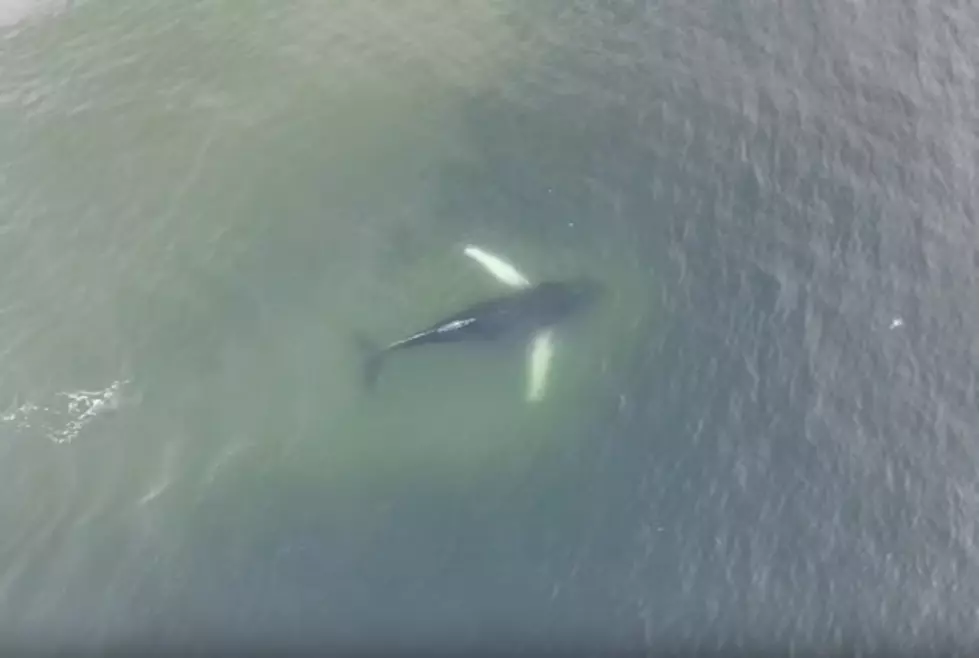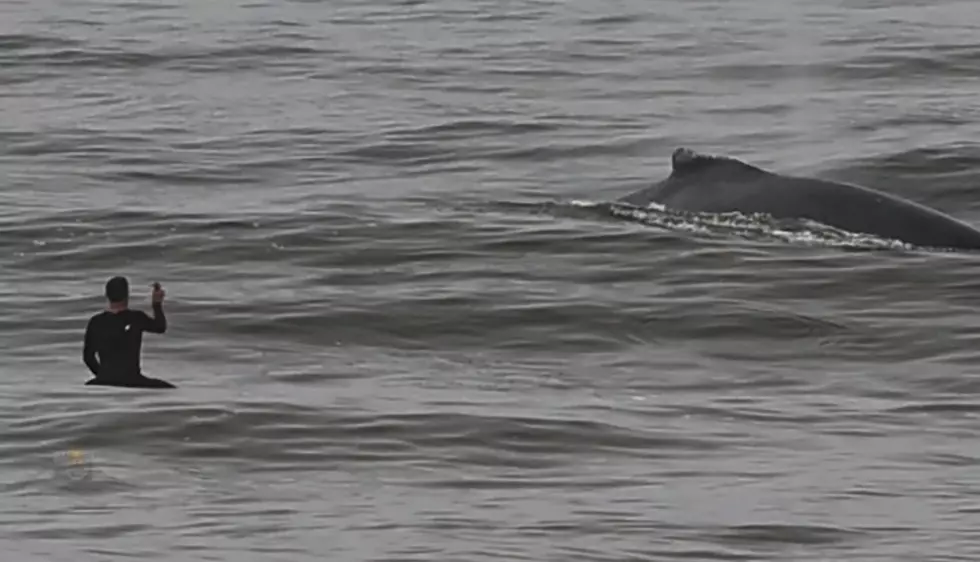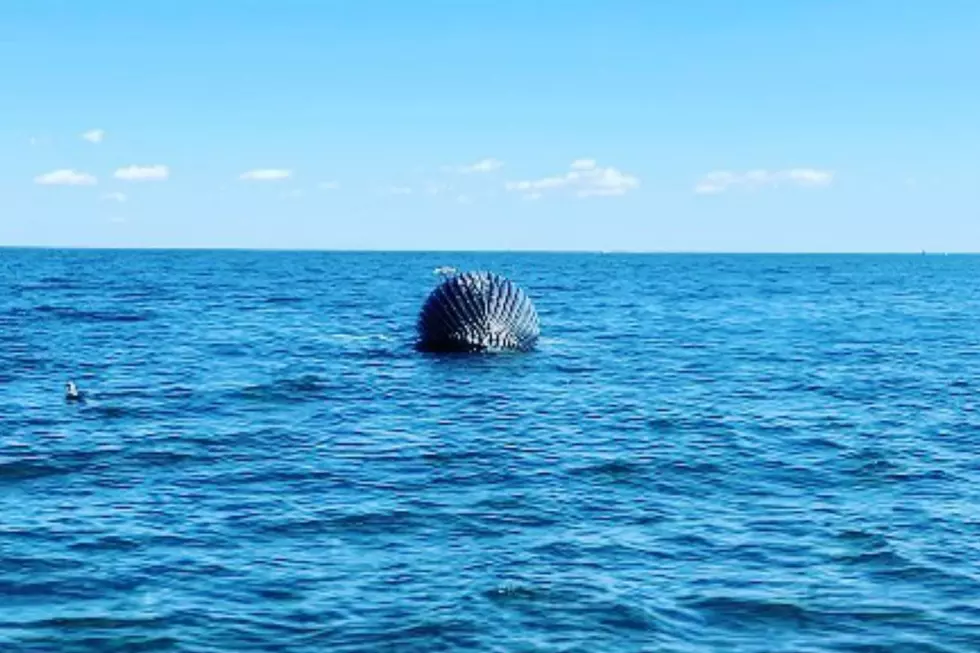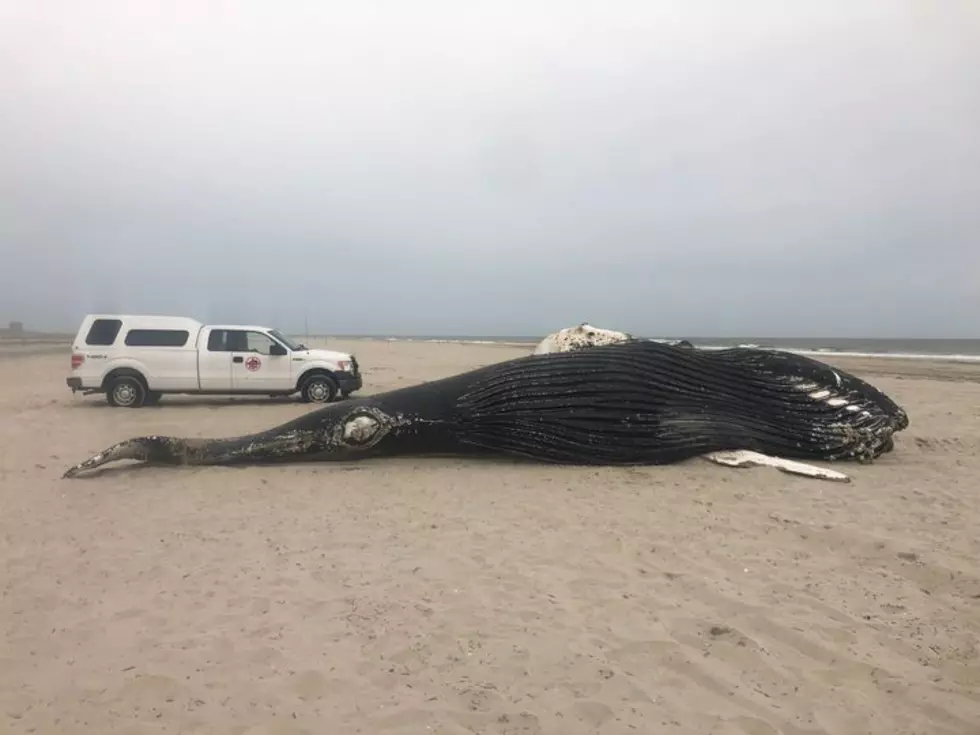
Dead Humpback Whale Buried On Jersey Shore
Last week, a huge humpback whale washed up against some equipment on shore in Brigantine. The Marine Mammal Stranding Center was called to tend to the body, and after a few days, it was given a burial beneath the sands of the Jersey Shore.
It was last Wednesday when the MMSC first got the call. It appeared that the whale was unfortunately tangled up in something, which led to its death.
The animal finally floated away from the Brigantine Bridge and ended up washing ashore, where the MMSC was able to perform a necropsy to see exactly what happened.
The MMSC relied on a huge team, made up of workers from the Atlantic Marine Conservation Society (AMSEAS), NJ Fish & Wildlife, NJ State Police Marine Unit, Great Lakes Dredging, Brigantine Beach Patrol, Brigantine Department of Public Works, Brigantine Police, Brigantine Fire Department, and the Brigantine City Manager. Once the necropsy was performed, samples were sent to a lab for more testing.
Now, most of us would assume you would just push the carcass back to sea to be eaten by sharks or other carnivores, a "circle of life" sort of thing. We've all seen the viral video of what happens when you try to blow a whale up with dynamite, so a natural sea burial seemed like a good idea.
However, the MMSC pointed out that the logistics of pushing this gigantic whale back into the water were a lot to undertake. Beyond that, as the whale decomposes, gases build up, and it can float back to the surface, where winds and the tide could bring it right back to the shore. Even before they reach shore, floating carcasses can be hazards for boaters.
With that, the MMSC said the preferred method is to actually bury the animal right there in the sand.
MMSC director Bob Schoelkopf said the 29-foot-2 inch, 15-to-20 ton whale was buried deep in the sand on the beach in Brigantine.

Apply To Vote By Mail
More From 105.7 The Hawk
